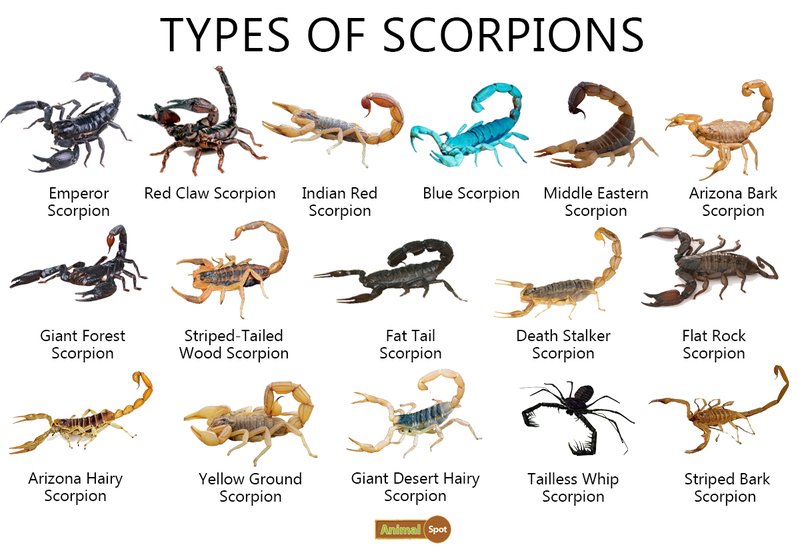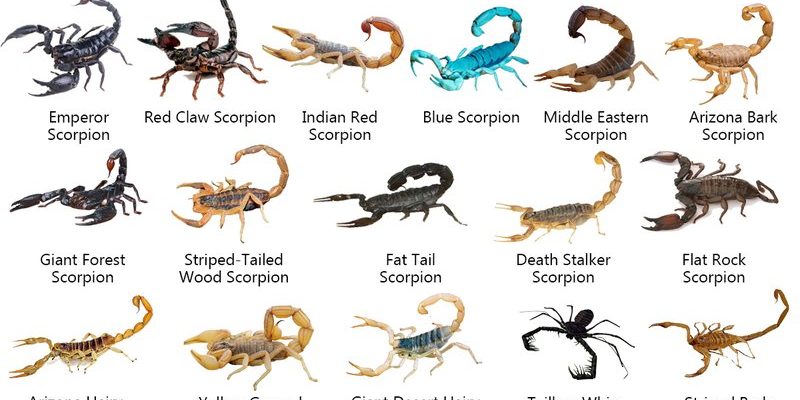
Identifying the Deathstalker scorpion involves understanding its physical characteristics, behaviors, and habitat. Whether you’re an aspiring entomologist or just curious about these creatures, knowing the basics can help you appreciate them from a safe distance. In this guide, we’ll delve into key features and tips for spotting this scorpion without getting stung, ensuring you have a clear picture of what makes the Deathstalker so distinctive.
Physical Characteristics of the Deathstalker Scorpion
The first step in identifying the Deathstalker scorpion is understanding what it looks like. These creatures have a striking appearance that sets them apart from other scorpions. They generally have a light yellow or pale coloration, which helps them blend in with their sandy surroundings. This color can sometimes appear almost translucent—like they’re part of the environment itself.
Body Structure: The Deathstalker has a slender body that can reach up to 3 inches in length. You might be wondering how to distinguish the Deathstalker from other scorpions. Look closely at its *claws*—they’re relatively small compared to its body, giving it a more agile look. Its slender build allows it to navigate through tight spaces, which is essential for hunting and avoiding larger predators.
Tail and Stinger: Don’t forget about the tail! The scorpion’s tail is long and curved, ending in a highly developed stinger. This is where its potent venom resides. The stinger can be quite intimidating, and it’s typically raised in a defensive posture when the scorpion feels threatened. If you see a scorpion with a tail like this, there’s a good chance it’s a Deathstalker.
Habitat and Range
Another critical aspect of identifying the Deathstalker scorpion is knowing where to find them. These creatures thrive in arid regions, making them common in parts of Africa, the Middle East, and some areas of South Asia. Imagine wandering through a dry, barren landscape where these scorpions have adapted to survive the harsh conditions.
Living Conditions: They typically prefer sandy or rocky terrains, often hiding under rocks, in crevices, or burrowing into the ground during the day to escape the intense heat. If you’re exploring these environments, keep your eyes peeled! They are nocturnal hunters, so you’re more likely to spot them moving around at night.
Environmental Adaptations: Deathstalkers have developed fascinating adaptations that allow them to thrive in such environments. Their pale coloration helps with camouflage during the day, while their ability to survive long periods without food makes them resilient creatures in harsh climates.
Behavior and Diet
Understanding the behavior of the Deathstalker scorpion can give you even more clues about identifying it. These scorpions are primarily nocturnal and prefer to be active during the cooler hours of the night. If you see scorpions out and about during the day, there’s a chance they’re not Deathstalkers!
Hunting and Feeding: Their diet consists mainly of insects and other small arthropods. You might picture them stalking their prey stealthily, waiting for the right moment to strike. Once they grab their meal with those small claws, they use their venom to paralyze it before consuming. This method makes them efficient hunters in their environment.
Aggression Levels: When it comes to temperament, Deathstalkers can be quite aggressive if they feel threatened. If you’re out in the wild and spot one, it’s best to keep a safe distance. Their defensive behavior is a clear sign that they’re ready to sting if approached too closely.
Venom and Its Effects
One of the most talked-about characteristics of the Deathstalker scorpion is its venom. It’s considered one of the most toxic in the world, which can make even seasoned enthusiasts keep their distance.
What’s in the Venom: The venom contains a mixture of neurotoxins that can be quite dangerous to humans. While it’s unlikely to be fatal to a healthy adult, the effects can still be painful and distressing. You might experience symptoms like swelling, intense pain, and, in some cases, neurological effects.
Sting Severity: It’s crucial to understand that not all stings are equal, depending on the individual’s health and sensitivity. In children or those with compromised immune systems, the effects can be much more severe. If you happen to get stung, seeking medical attention is always the best course of action.
Common Misidentifications
You might be surprised to learn that the Deathstalker scorpion can be confused with other scorpion species. Distinguishing it from similar-looking creatures is key to ensuring safety.
Similar-looking Scorpions: For instance, the *Yellow Scorpion* (also known as the *Leiurus quinquestriatus*) shares a similar hue. However, it has a bulkier body and larger claws. Identifying subtle differences in size and body structure can help prevent misidentifications.
Behavioral Clues: Besides physical traits, behaviors can also be telling. If you see a scorpion that seems more aggressive or speedy than others, it might just be a Deathstalker. They are known for their quick movements and defensive posturing, so this can be a good indicator.
Identifying the Deathstalker scorpion involves looking at its physical characteristics, habitat, behaviors, and more. While they can seem intimidating due to their venom and aggressive behavior, understanding their role in the ecosystem can help mitigate fear. Almost like a misunderstood character in a story, these fascinating creatures play an essential role in controlling insect populations.
So, the next time you hear about the Deathstalker scorpion, remember that there’s much more to them than meets the eye. Whether for research or just pure curiosity, these scorpions deserve respect and appreciation from a safe distance. Keep your eyes open for the unique traits we discussed, and you just might spot one in the wild—wondering silently, of course!

